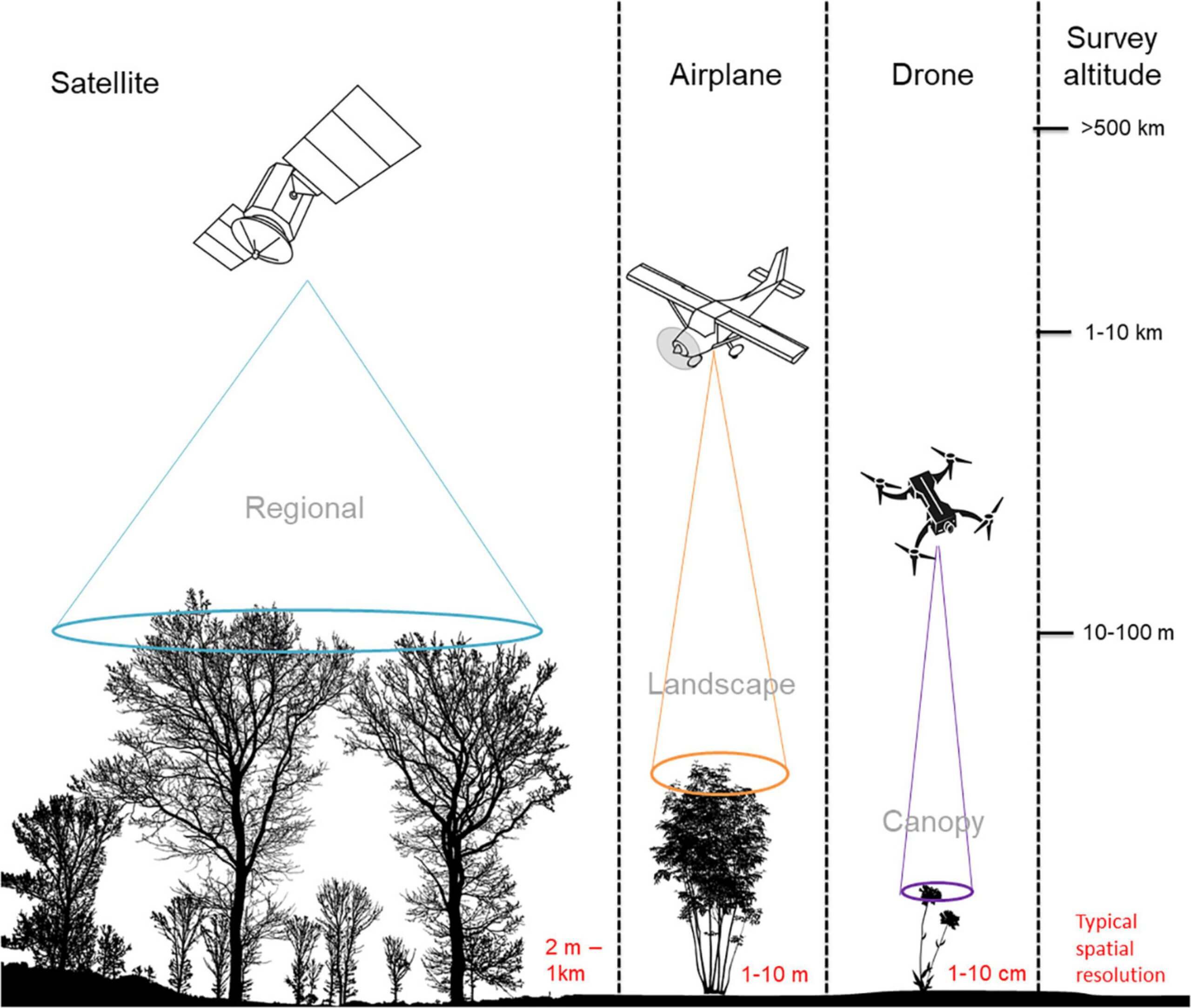Satellites and drones can provide vital information that can contribute to the protection of nature's pollinators. New research is exploring new ways to utilize these technologies to track the availability of flowers, where this research may be combined with behavioral studies to see the world through the eyes of insects

[Translation by Dr. Moshe Nachmani]
The availability of flowers for insects varies from day to day and site to site, and human activity changes the landscape in ways that affect all pollinators. A research team from the University of Exeter in the UK and their partners hope that their approach can help understand these changes, leading to better conservation of these important creatures. "Recent advances in drone and satellite technologies provide new opportunities," said the lead researcher.
"Today, drones can provide us with details of the landscape - on the scale of a single flower - and by combining these details with satellite images, we can learn about the availability of food for pollinators in a large area. Along with insect behavior studies, the information obtained from this method will help us understand what threats are available to insects and how we can develop conservation programs for them."
"In light of the situation today, where certain species of pollinators are becoming extinct, including many species of bees, we urgently need this understanding in order to protect not only pollinators in general, but also the diversity of all species that all play an essential part in complex ecosystems ".
Pollinators provide a variety of benefits (called 'ecosystem services'), especially to humans through the pollination of crops and plants. At the same time, much information regarding their behavior and their habitats - as well as the impact of the climate changed by humans - still remains unknown.
"Until today, most of the research that made use of satellites focused on extensive agricultural areas such as agricultural farms for growing corn, nuts and oil seeds," explains the lead researcher. "We emphasize the need to examine large areas that include a variety of complex niches of plants and pollinators."
More of the topic in Hayadan:

One response
It is important that anyone who translates articles dealing with animals or plants
Japanese people will learn that: the correct translation of Species is min,
"Variety" is a concept in agriculture that replaces subspecies,
Therefore, everywhere in the translation above it says "Zen"
There should be sex…